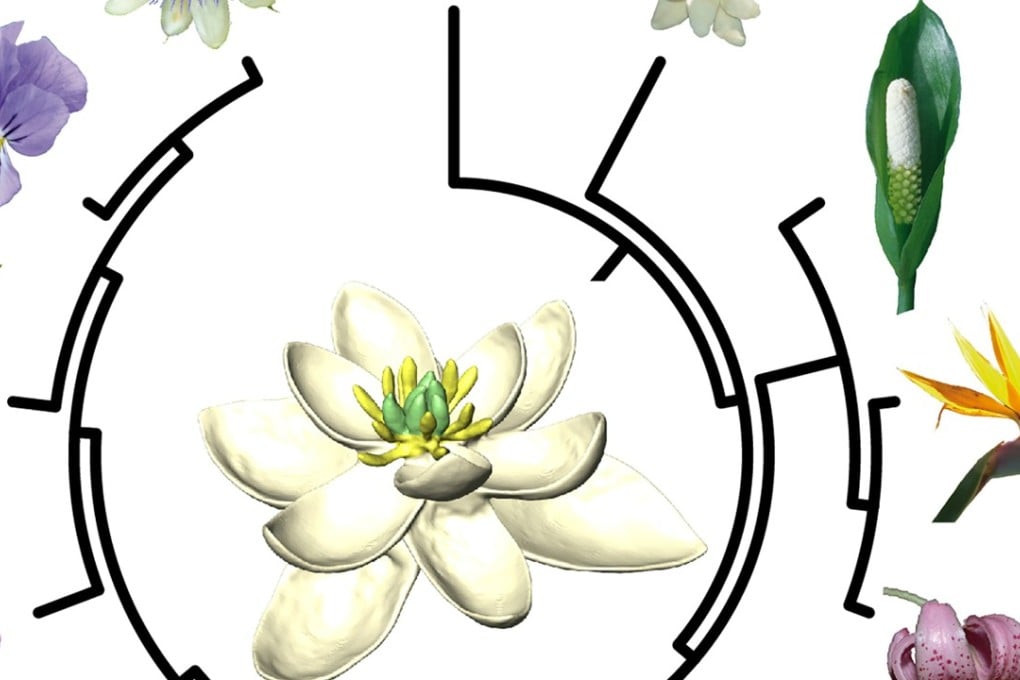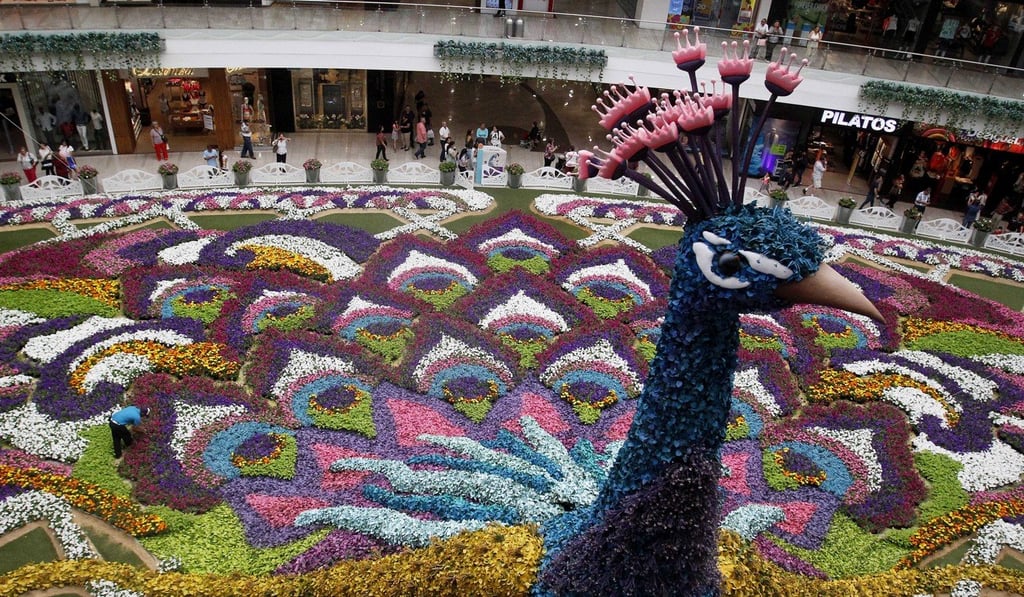What the mother of all flowers looked like 140 million years ago, according to scientists
While flowering plants have conquered the world, their origins still an open questions

Some 140 million years ago, there were no flowers anywhere on Earth. Then, primitive flowers burst onto the scene, and flowering plants took over the world.
All living flowers today came from a single ancestor that lived about that time, according to a new study published on Tuesday in the peer-reviewed British journal Nature Communications.
Scientists also reconstructed what they believe that first flower looked like: Somewhat similar to a water lily, with circles of broad petals around a centre of protruding pollen spikes.
However, lead author Hervé Sauquet, an evolutionary biologist from Paris-Sud University, said it’s difficult to make a direct comparison with flowers of today: “All flowering plants have evolved and changed since that ancestor, that’s how evolution works,” he said. “So there is no single species or group of species that would have existed some long time ago and still exists today unchanged.”
The study used an evolutionary tree to connect all living species of flowering plants, which was based on genetic data from 792 species.

The origin and early evolution of flowering plants and especially their flowers have long been one of the biggest enigmas in biology, almost 140 years after Charles Darwin called their rapid rise in the Cretaceous “an abominable mystery.”